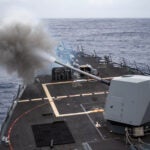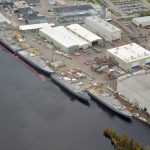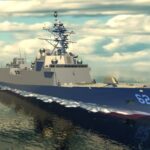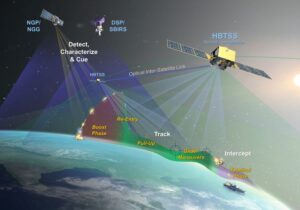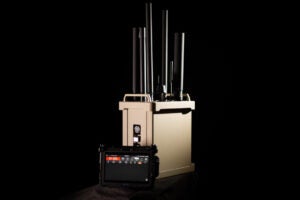
This week, the Navy’s top officer said she sees a priority of her tenure will be heavily investing in the defense industrial base to help speed up production of major systems. “I think during my tenure, my job is going to be to really invest heavily in our defense industrial base, in our weapons industrial base, but really working with shipbuilding industry on workforce development, on getting the long lead time materials they need, on having the infrastructure they need…

 By
By 
